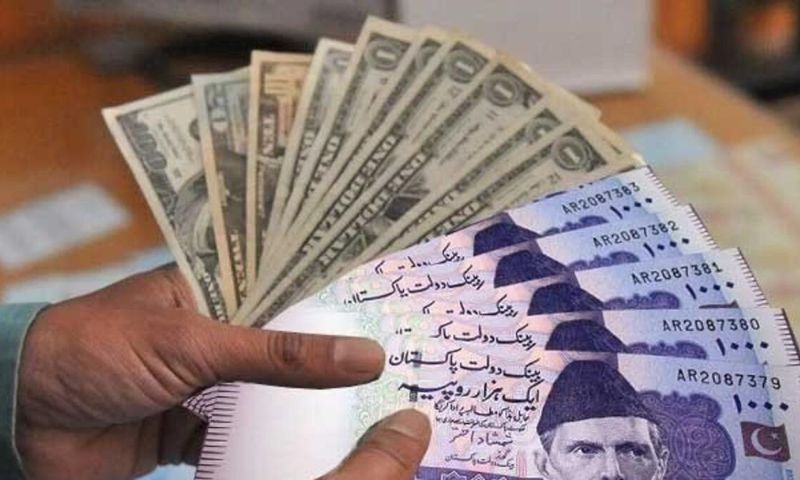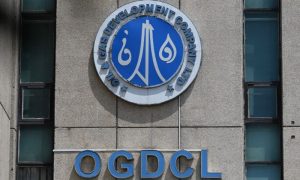ISLAMABAD: The Stanford University Marshmallow experiment was a study on ‘delayed gratification.’ In this study, a child was offered a choice between one small but immediate reward, or two small rewards if they waited for a period of time. During this time, the researcher left the child in a room with a single marshmallow for about 15 minutes and then returned. If they did not eat the marshmallow, the reward was another marshmallow. In follow-up studies, the researchers found that children who were able to wait longer for the preferred rewards tended to have better life outcomes.
Applying the Marshmallow experiment to the financial markets, how would investors fare in a similar scenario? Unfortunately, many investors resemble the child who opts for immediate consumption, sacrificing potential long-term benefits.
KSE100 New Highs

As KSE100 went from 48k to 55k in less than a month, investors who held on to their holdings reaped the benefits, while those who had sold out, missed the huge opportunity. The key reason for this surge in PSX is the change of sentiment. Of course, we have partners in crime, i.e., interest rate reversals and corporate buyback programs.
Frenzied Bond Buying
Similarly, investors who gradually kept on accumulating their bond portfolios benefited, while those who were waiting to identify a peak for buying lost out on crucial bps. In Wednesday’s auction, participation was 5x of the target of Rs. 160bn, with Yields being pushed down by 15-180 bps across various tenors.
While there is very little fundamental data to support a rate cut, sentiment has changed, and this is driving investors to lock in their holdings at higher rates.
Rate Cut imminent

With soaring inflation, fiscal imbalances & low forex reserves, a rate cut appears to be the opposite of what is required. Yet, the market is driving rates lower and will continue to drive rates lower till it doesn’t make sense to keep interest rates on hold. The 3 key driving factors for this are:
– Supply glut – lots of liquidity looking to be invested
– GoP’s admission that higher rates are detrimental to fiscal well-being & that they do not encourage higher rates
– Inflation trajectory – some hope that inflation may come slide lower faster than anticipated
What is Sentiment?
While there are lots of lessons to be learned from the Marshmallow Experiment, it is flawed. What if the child doesn’t believe that there will a reward if they wait any longer. Trust, belief & credibility are not constant. Sentiment is that trust & belief, and is fed by aspects like authority, governance & controls.
Factors like the stock market & interest rates influence sentiment, but in the case of Pakistan, the largest influencing factor is the local currency. USDPKR’s average depreciation since its inception is just above 7%, while Rupee devalued by an average of 32% in the last 5 plus years, from 110/$ to 290/$. No wonder why business confidence & sentiment were at all-time lows earlier.
IMF & Rupee

It is, therefore, no surprise that the IMF showed its concern about the rapid devaluation and has asked the government about its plan to stabilize the currency. There has been tremendous hard work in reversing Rupee’s trend from 314 to 275, and this hard work should not go to waste by letting it depreciate again mindlessly.
(note: Rupee’s depreciation of 180% has had very little impact on exports which grew by a mere 36% in the corresponding period, whereas imports still grew by 26% in spite of the extraordinary spike in the dollar value)
Rupee Outlook and Market

The Rupee is under pressure as export proceeds have slowed down (adjustment with their forwards) and also because the Central Bank is buying dollars to shore up its reserves to comply with IMF’s requirements. Although there will be pressure on the Rupee till the IMF is here, analysts are not expecting it to trade above 290 in the interbank market. In our opinion, the government will use the IMF approval, once received, to strengthen the Rupee towards the 280 level.
Forward premiums have marched higher with 1, 2 & 3 month premiums reaching 315, 500 & 725 paisa. This is due to a combination of several factors like SBP winding down its forward book (SBP’s forward book has decreased from $4.5 bn June 23 to $ 3.5 bn Sep 23, in accordance with IMF’s wishlist.
In spite of these attractive premiums, exporters are not interested as they weigh in the geo-political risks in the region and also wait till the IMF’s stance on the next tranche becomes more clear.



























